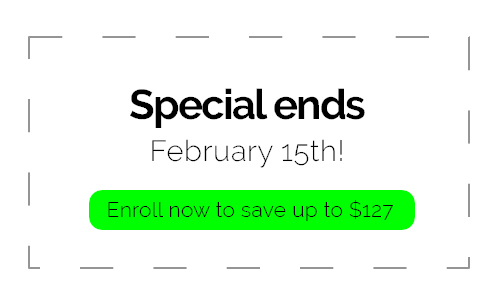Resume Tips: Do’s and Don’ts
What employers look for in a resume is important to know so that your resume reflects this and you have your best chance at landing a job. Writing your resume can feel overwhelming whether you are creating your first one and have limited work experience, if you’ve had a work gap and haven’t updated your resume in years, or anything in between. Follow our resume do’s and don’ts before you begin designing your resume.
Don’t
1
Use a “resume template” in Microsoft Word or any other program that automatically formats the document for you. Employers may be looking at dozens to even hundreds of applications and you don’t want yours to look exactly like someone else’s.
2
Use unusual or creative fonts. Do no add color to the fonts — if you use color for layout purposes do not use more than 2 colors. An occasional bolding, underlined, italicized, or slight increasing or decreasing in font size is encouraged to make important information stand out.
3
Use up all the white space. White space, or the area of the page with no words/letters, in this case is a good thing. You want your resume to be as easy to read as possible and white space helps in making a paper look reader-friendly.
4
Include unnecessary information. One of the most common mistakes is including too much information. The average employer spends about 7 seconds looking at a resume, which means they are not taking the time to read any descriptions. Do not include an objective, do not use extra words or flowery language to show off your vocabulary, do not include job descriptions — this is all meant to be included in a cover letter. A resume should not have one full sentence, but rather phrases or small groups or words.
5
Use outdated information. A rule of thumb is anything older than 15 years is not worth including on a resume as many employers will look at that as “outdated.”
Do
1
Customize your resume for each application. Include information that is most relevant to that specific job and elaborate on those components. Use the right key words. If you found a job advertisement for the position you’re applying to, use the same language and vocabulary as the advertisement. This includes a list of responsibilities, qualifications, etc. that may have been provided.
2
Keep the formatting consistent including how you date things and how you organize/label categories. This is aesthetically pleasing and makes it easy for interviewers to get all the information they want and need in those short 7 seconds.
3
The top of the page should include a formal name, active phone number, professional email address, current mailing address, and social media such as Twitter, LinkedIn, or Facebook. This information should all be found in the heading of your design.
4
The next thing an employer wants to see is the highest form of education you have received — name of institute, studies/degrees, dates, academic accomplishments. Follow this with your employment history (including location, start and end date, your title, a very brief description) only if the past job is relevant to the job you are applying to.
5
Additional categories (as they may apply): volunteer experience, awards/accomplishments/certifications, trainings/conferences, honors, etc. Order these categories by what is most impressive to an employer as close to the top of the page as possible. Within each category (including employment history) order the entries in reverse chronological order putting the most recent position at the top and listing backwards from that. (i.e. the first relevant job position you’ve had should be at the bottom of that category).
For more tips on resume or cover letter building or help on job searching visit our Career Center on the Student Life page on our website: https://blackstone.edu/student-life/career-center/














